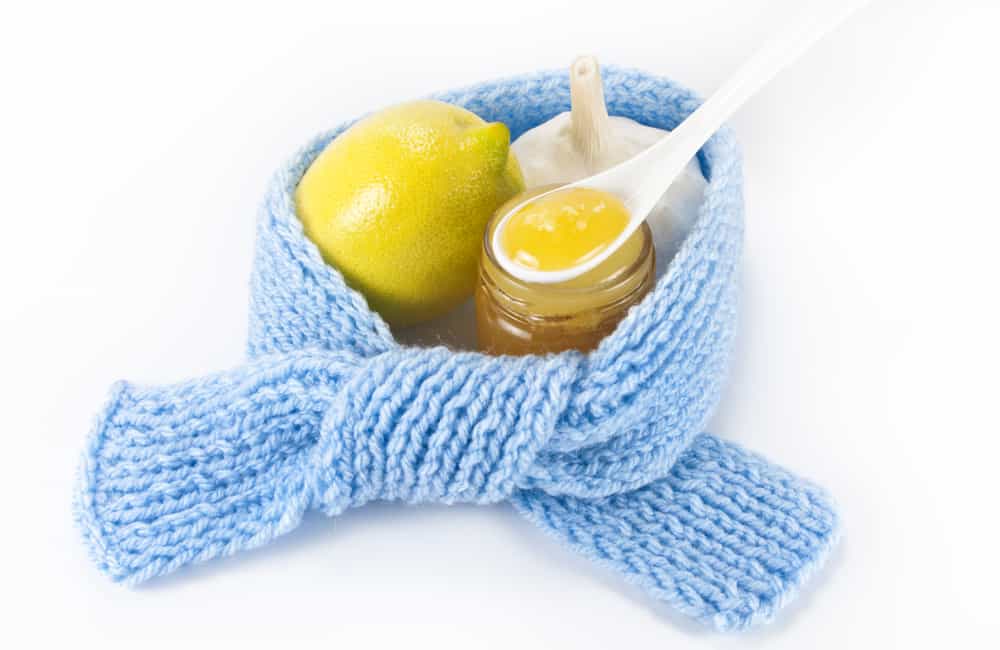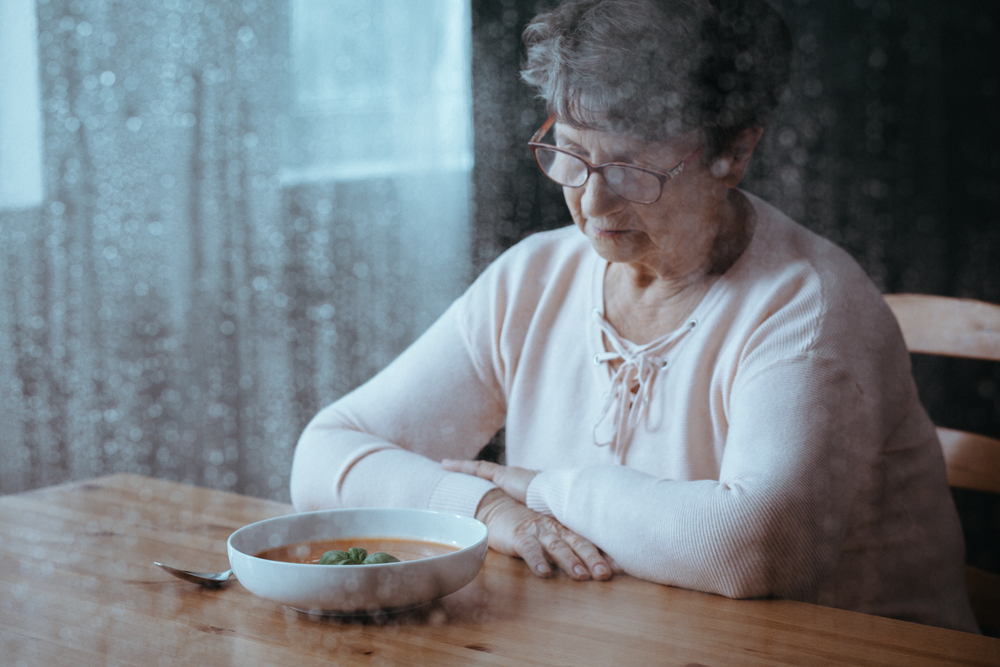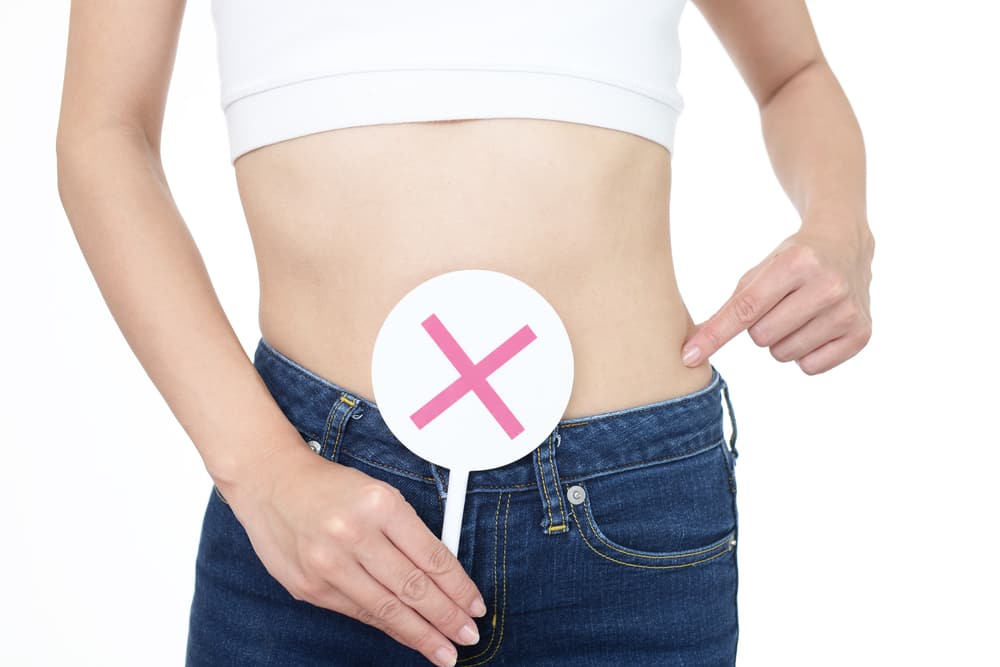Contents:
- Medical Video: Food Allergies 101
- What are food allergies?
- What are food allergens?
- Foods that most often cause allergies
- Milk
- Egg
- Nuts
- Wheat
- Soy
- Fish
- Shelled sea animals
- Tree nuts
- Factors that increase your risk of having food allergies
- Age
- Family history
- Other allergies
- Asthma and eczema
- Food allergies in the past
- Food allergy symptoms
- Emergency symptoms of food allergies
- Food allergy diagnosis
- Detailed medical history
- Daily food journal
- Elimination diet
- Skin prick test
- Blood test
- Oral food test
- Prevent food allergies
- Read food labels
- Keep it clean
- Treat food allergic reactions
- Unintentional exposure
- Mild symptoms
Medical Video: Food Allergies 101
What are food allergies?
Food allergy is an abnormal response to food triggered by the immune system. This response may be mild or in rare cases can be severe and life-threatening which is called anaphylaxis. If you have a food allergy, it is very important for you to work with your doctor to learn what foods cause your allergic reaction.
What are food allergens?
The condition of food allergies is caused by an immune system response that is not suitable for food or substances in certain foods. Mistake your immune system considers certain foods as dangerous substances,and creates immunoglobulin E (IgE) antibodies to fight it. Then, when you eat the food again - even just a little, IgE senses it and causes the immune system to release chemicals to fight it. These chemicals cause symptoms of an allergic reaction.
Foods that most often cause allergies
Milk
Milk allergy is more common in children than adults; this condition is very common among very young children. According to Food Allergy & Anaphylaxis Network (FAN), milk allergies are the most common food allergy, which affects two and a half percent of children under the age of three.
Two types of protein in milk can cause allergic reactions: casein and whey, which is the cause of whey in most cases of allergies.
Egg
Like milk, egg allergies are far more common among children than adults. According to FAAN, at least one and a half percent of children have this allergy. A number of proteins in the yolk and white can cause allergies. However, according to the Mayo Clinic, allergies to egg white are more common than allergies to egg yolk. It is important to remember that people with severe egg allergies should consult with their doctors before receiving flu shots, because eggs are used to make vaccines.
Nuts
Peanut allergies are more common in children than in adults. About one to 2.1 persons of children are allergic to peanuts.
Peanuts are the most severe cause of food allergy attacks. Therefore, it is very important to take your child for peanut allergies, even if only a mild reaction to peanuts or peanut butter. Even if your child only has a small reaction, there is a serious risk of future severe attacks.
Many food products that do not contain nuts are processed at the factory with beans, and may have some peanut protein in them. Be sure to read food labels carefully if you or your child has a peanut allergy.
Wheat
Four classes of wheat proteins can cause allergic reactions: albumin, globulin, gliadin and gluten. Wheat protein, especially gluten, which is used in various types of food, including:
- bread
- cake and muffin
- Some kind of spaghetti
- crackers
- beer
- tomato sauce
- soy sauce
- ice cream
- food starch
- natural flavor
Some people have allergies related to exercise and wheat. These people have severe symptoms that only appear if they exercise after a few hours of eating wheat. According to the Mayo Clinic, some individuals with this type also experience these symptoms if they use aspirin or diclofenac (Cataflam, Voltaren). Unfortunately, these people often experience anaphylaxis if their symptoms appear.
Celiac disease is sometimes misinterpreted as a gluten allergy, when the conditions that occur are actually digestive disorders. An individual can have wheat allergies and celiac disease.
Soy
Soy allergy is also more common among children than adults. According to the Food Allergy Initiative (FAI), most children will react lightly to soybeans when they are three years old. Mostly, an allergic reaction to soybeans is only a mild reaction.
Because soybeans are used in many products where their use may be subtle, it is important to read all food labels if you have soy allergy. When reading labels, look for the following words: soybeans, soybeans, glycine max, and edamame.
Fish
Although someone with a fish allergy may only be allergic to one type of fish, generally he will be recommended to avoid all fish to stay safe. Unlike many other food allergies, fish allergies tend to last a person's life. This is one of the most common food allergies in adults.
Fish are often used in unexpected food products, so always read food labels if you have a fish allergy.
Shelled sea animals
All kinds of marine animals can cause allergic reactions, especially crustaceans (for example, crabs, lobsters, shrimp, shrimp), and mollusks (eg shells, oysters, squid, and octopus). Some people are only allergic to one type of shellfish; some others must avoid all types. Shellfish allergies are more common in adults than children.
According to the American College of Asthma, Allergy & Immunology (ACAAI), along with peanuts and tree nuts, shellfish allergies are more likely to cause symptoms of anaphylaxis.
Tree nuts
Tree nuts can cause allergic reactions including almonds, pecans, cashews, pistachios and walnuts. Like shellfish, some people are allergic to one type of bean, while others have reactions to all types of beans.
Factors that increase your risk of having food allergies
Certain factors put you at greater risk of having food allergies.
Age
According to the Mayo Clinic, food allergies are most common in infants and infants. Allergy to milk, soybeans, wheat, and eggs can recover over time. Allergy to nuts and shellfish is more likely to settle for life.
Family history
If asthma, eczema, hives, or fever are part of your family's background, you are more likely to have a food allergy.
Other allergies
If you are already allergic to one food or already have another type of allergy, you have a greater risk of developing food allergies.
Asthma and eczema
Asthma and food allergies often occur side by side. Asthma can also make symptoms of food allergies worse.
Food allergies in the past
Although food allergies that develop during childhood can subside because you are getting older, there is still a chance that allergies can recur later.
Food allergy symptoms
Food allergies can cause various symptoms. These symptoms usually start only a few minutes after eating potential food. Sometimes symptoms can appear several hours after eating.
Food allergy symptoms include:
- rash or itching
- red or itchy skin
- stuffy or itchy nose
- sneezing
- itchy and runny eyes
- vomiting, abdominal cramps, stomach cramps, or diarrhea
- swelling of the lips, lining of the mouth, or the area around the eyes that can itch or pain
Emergency symptoms of food allergies
You should immediately seek emergency treatment if you experience any of the following symptoms:
- hoarseness, tightness of the throat, or lumps in the throat
- wheezing or difficulty breathing
- Asphyxiate
- tingling in the hands, feet, lips or scalp
- dizziness, fainting, or sudden drop in blood pressure
- fast pulse
If you have been prescribed epinephrine auto-injector, you may need to use it if you start experiencing severe symptoms. Consider carrying this medicine in your bag, backpack, and / or work desk. Also, train your friends and family on how to give your medicine when you are unable to do it yourself.
You still need to seek emergency medical care after giving yourself an injection. If your reaction is very severe, you may need further treatment. Getting treatment from an emergency room as soon as possible after an allergic reaction can help reduce the risk of adverse complications.
Food allergy diagnosis
Detailed medical history
Your health professional will start by checking a detailed medical history to find out if your symptoms are caused by allergies to certain foods, food intolerance, or other health problems.
Detailed medical history is the most valuable tool used to diagnose food allergies. Your health professional will ask a number of questions, including the following questions:
- Does your reaction come quickly, usually within minutes after eating food?
- Is your reaction always associated with certain foods?
- How much of this potentially allergic food do you eat before you experience an allergic reaction?
- Have you eaten this food before and experienced the same reaction?
- Does anyone else who eat the same food also experience pain?
- Do you use allergy medications, and if so, do they help? (Antihistamines should relieve hives, for example.)
Daily food journal
Sometimes your health care professional cannot make a diagnosis based solely on your history. You may be asked to keep a daily meal book that contains details about the food you eat and whether you experience an allergic reaction. Based on this diary note, you and your health care professional may be able to identify patterns that are consistent in your reaction.
Elimination diet
The next step is for some health experts to use a limited elimination diet, where food that is thought to cause an allergic reaction is removed from your diet to see if your allergic reaction stops. For example, if you suspect you are allergic to eggs, your health care professional will instruct you to remove eggs from your menu. A limited elimination diet is carried out under the direction of your health professional.
Skin prick test
If a medical history, daily diet journal, or dietary restrictions indicate certain food allergies, your health care professional will use a skin tsuk test to confirm the diagnosis.
With a skin prick test, your health care professional uses a needle to place a small amount of food extract just below the surface of the skin on the forearm or back. If you are allergic, there will be swelling or redness on the test site. This result is a positive result which means that there are immunoglobulin E (IgE) molecules on skin mast cells specifically for the food being tested.
The skin prick test is simple and relatively safe, and the results are ready in minutes.
You can have a positive skin test for food, but you don't have an allergic reaction to the food. A health professional usually makes a food allergy diagnosis when a person has a positive skin test result on certain foods and a history of reactions that show an allergy to the same food.
Blood test
In addition to skin prick tests, your health care professional can take blood samples to measure the levels of IgE antibodies to special foods.
Like a skin test, a positive blood test does not always mean that you have a food allergy. Your health care professional must combine the results of this test with information about the history of your reaction to food to make an accurate diagnosis of food allergies.
Oral food test
Oral food tests are the last health method used to diagnose food allergies. This method includes the following steps:
- Your health professional gives individual doses of various foods (these foods are covered so you don't know what foods are given), some of which are thought to start causing allergic reactions. Initially, the food dosage was very small, but the amount gradually increased during the test
- You swallow the food.
- Your health professional monitors you to see if a reaction occurs.
To prevent biased results, oral food tests are often carried out without knowing what food is given, also known as the method double blimd. In this way, neither you nor your health care professional knows what substance you are eating. Other medical experts make a dose. In the test single-blind, Your health professional knows what you eat, but you don't.
The reaction is only for food that is suspected and not for other foods so that it can confirm the diagnosis of food allergies.
Prevent food allergies
There is currently no cure for food allergies and the treatments available only relieve symptoms of food allergic reactions.
You can only prevent symptoms of food allergies by avoiding foods that cause allergies. After you and your doctor have identified foods that make you allergic, you must remove them from your menu.
Read food labels
Read the list of ingredients on the label of each fast food that you will eat. Many allergens, such as nuts, eggs and milk, may appear in your ready-to-eat foods that are usually not associated with your food
Keep it clean
Simple steps to maintaining cleanliness can eliminate most allergens from a person's environment with food allergies. For example, just washing hands with soap and water will remove peanut allergens, and household cleaners will remove allergens from the surface.
Treat food allergic reactions
Unintentional exposure
If you have a food allergy, you must be prepared to treat accidental exposure. Consult with your health professional and make a plan to protect yourself in case of accidental exposure to food. For example, you must take the following steps:
- Wear a bracelet or necklace with a medical sign
- Bring an auto-injector device containing epinephrine (adrenaline)
- Seek medical help immediately
Mild symptoms
Consult with your health care professional to find out what drugs can relieve mild allergy symptoms that are not part of an anaphylactic reaction. However, know that it is very difficult for you to know the mild reactions and reactions that can cause anaphylaxis.












